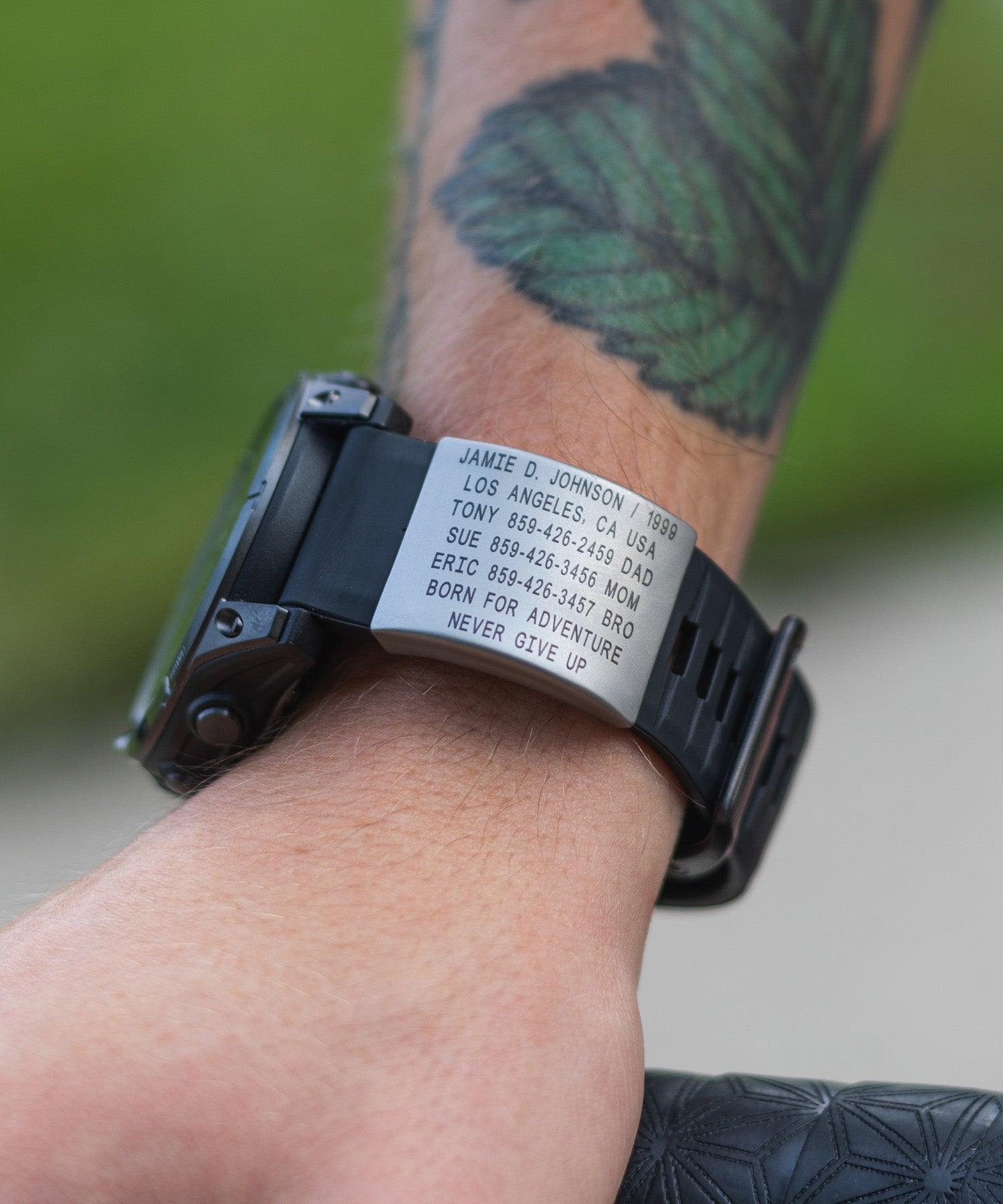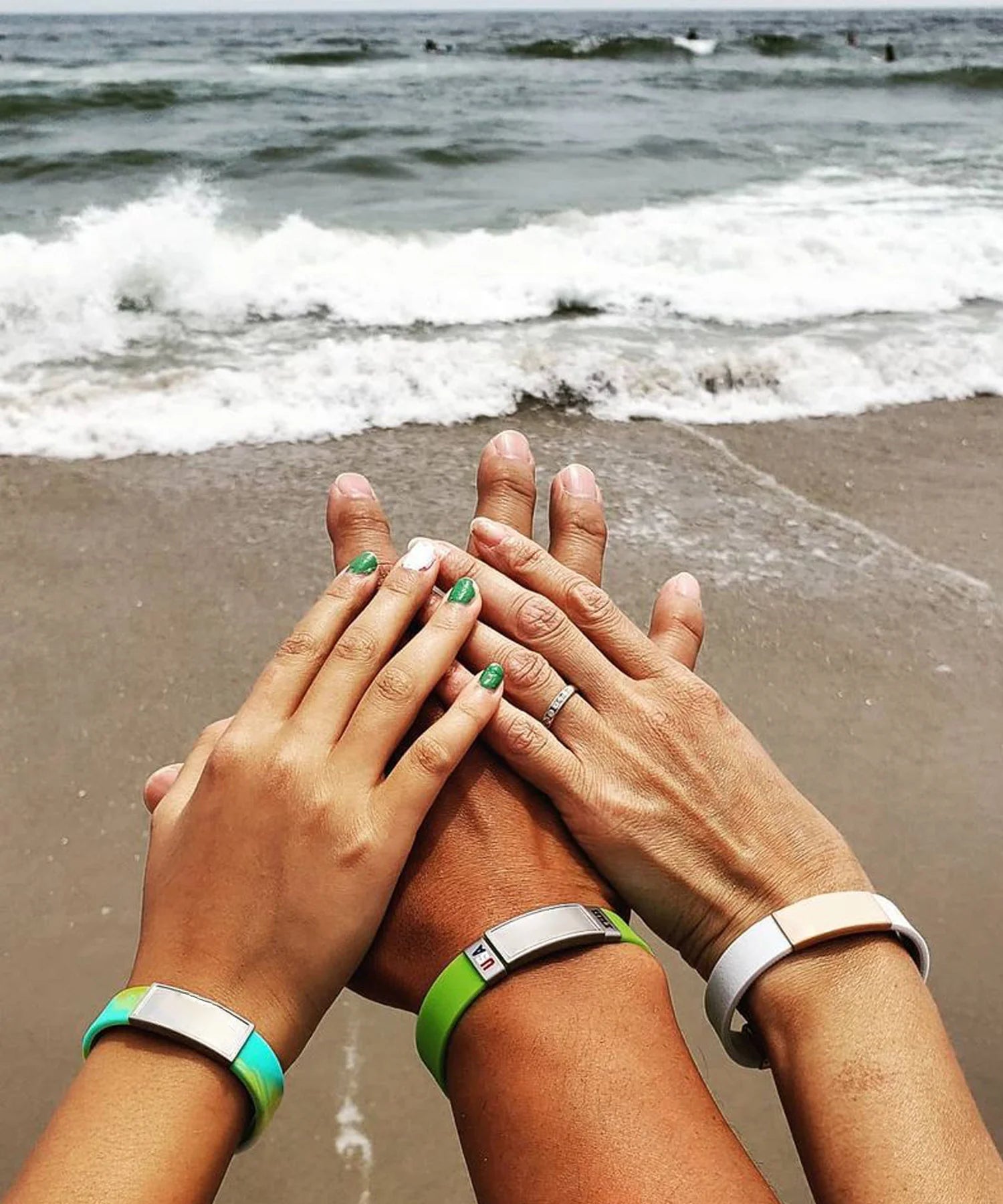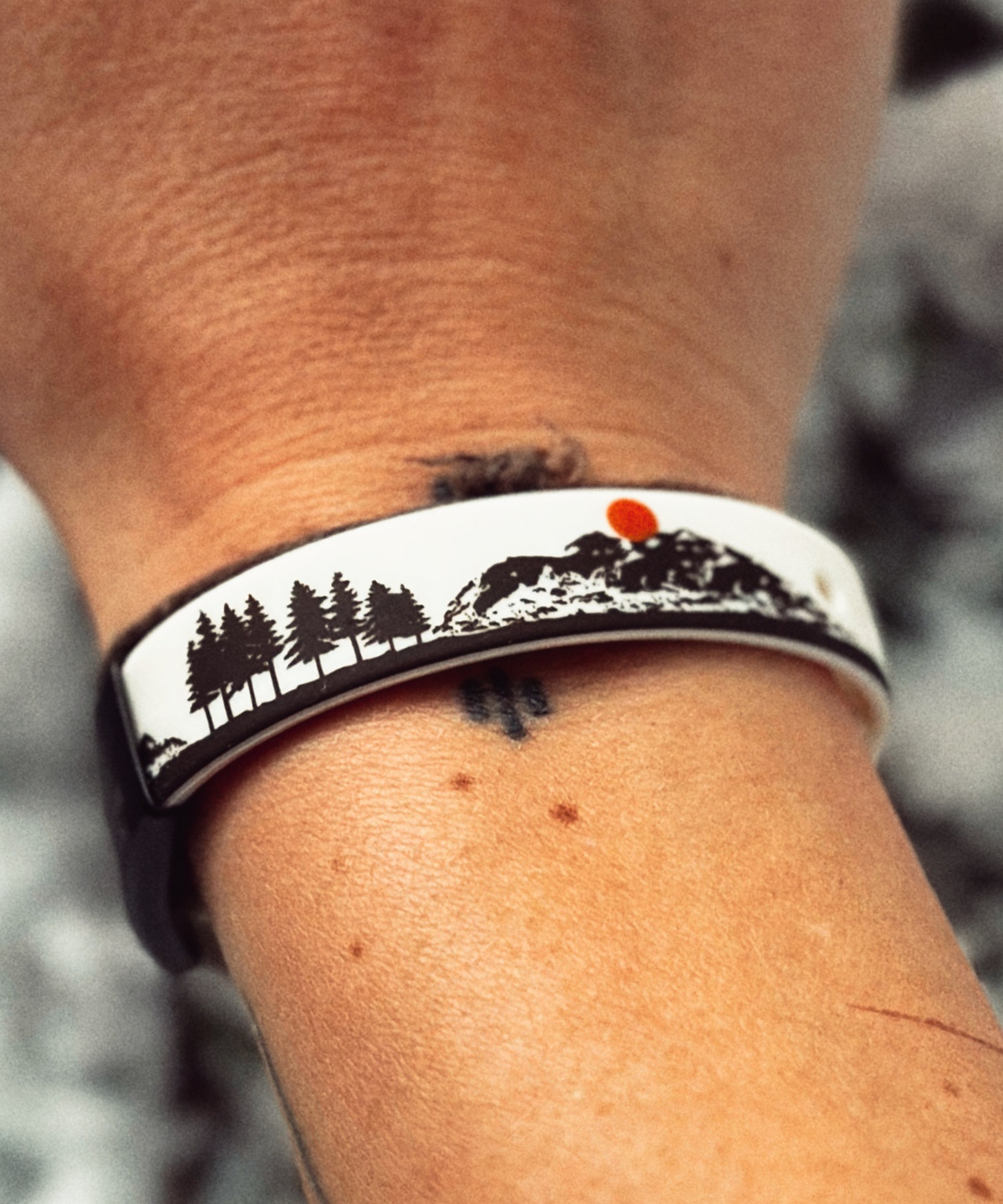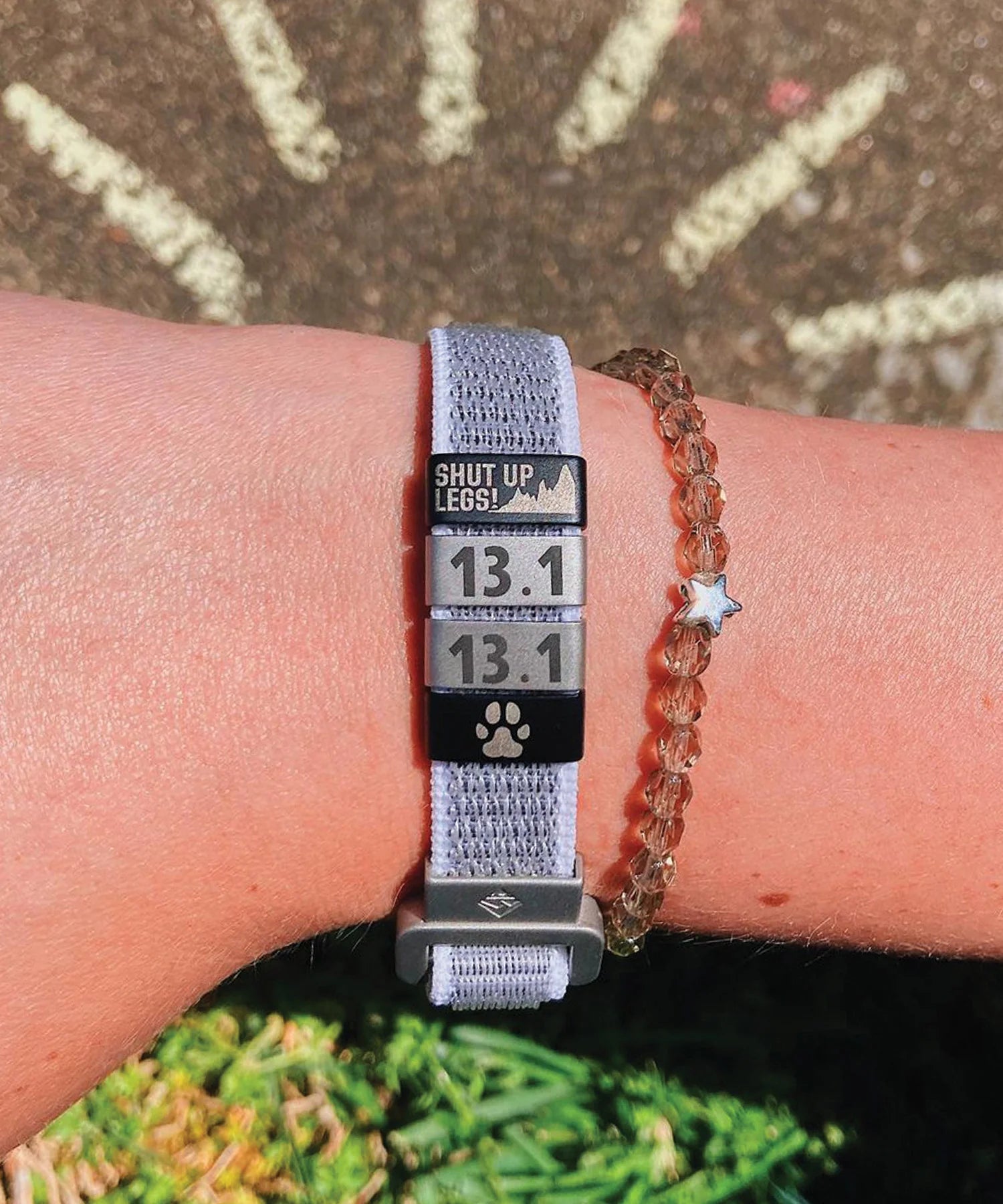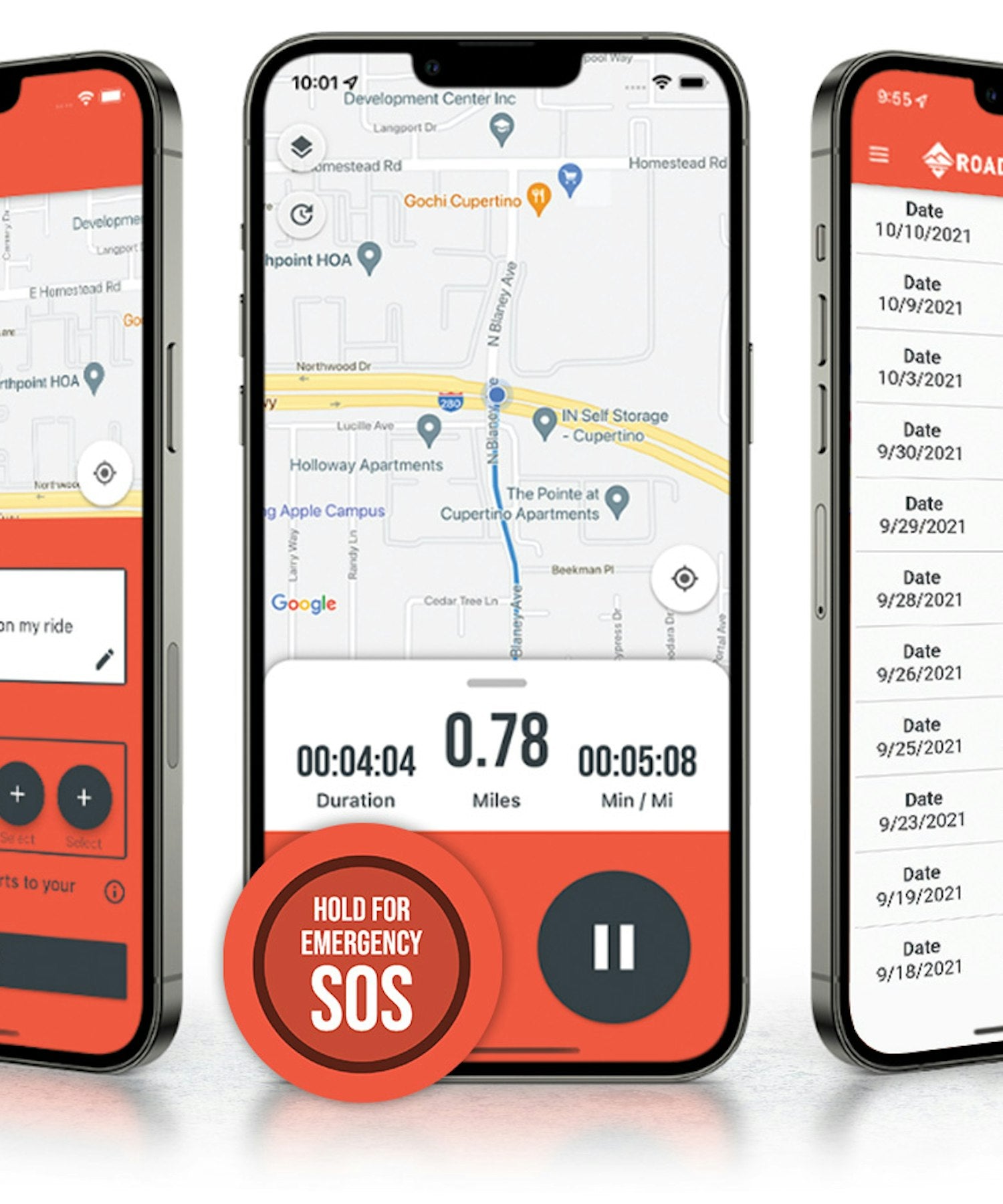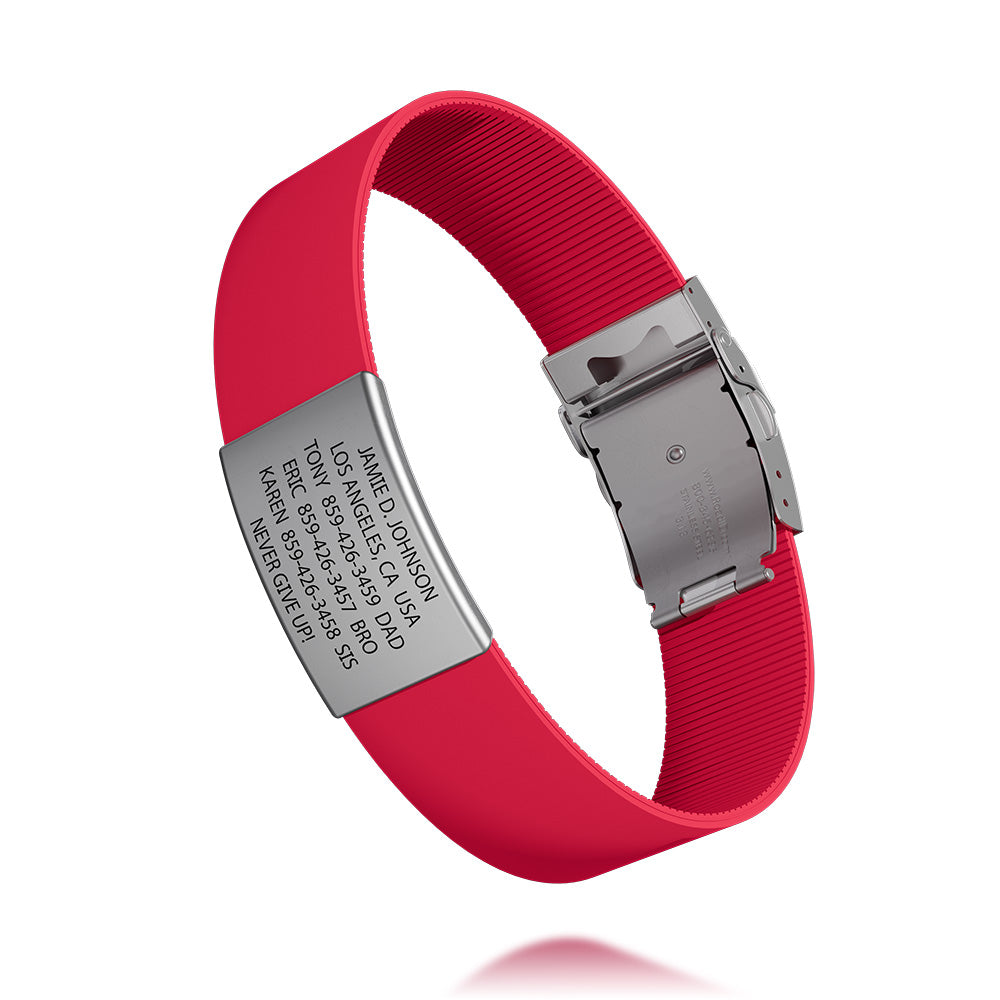In my 27 years of running experience, I have accumulated the following tips that can benefit runners of all ages and skill sets. My intent is not to instill fear or limit your freedom, but to fuel your confidence and further empower you to pursue adventure, no matter how you define it.
In general, always try to anticipate potential threats. Be prepared to react quickly and calmly if the situation depends on it. While this list covers a large variety of safety issues, it is in no particular order and is not meant to be all inclusive.
1) Lightning and Ice - There are two instances I generally try to avoid when running outside: lightning and ice. Snow doesn't bother me much, but if there is a thin layer of ice on the ground, it's worth staying indoors. The same is true for lightning that's nearby. The probability of injury is not worth the return on your investment of time and energy.
2) Hot and Cold - Generally speaking, heat is much more dangerous to runners than cold, especially if you're not accustomed to exercising in warm conditions. When braving the heat, always have access to water, wear clothing to block the UV rays, and plan your route to ensure you have access to shade or AC—just in case. And if you can, plan your runs for the cooler parts of the day, such as early morning or late afternoon.
On the other hand, if you're in a colder climate, it's always important to layer your clothing to stay warm and prevent frostbite. A hat, buff, and warm gloves should be a staple of any runner's winter gear. At the end of the day, no matter the weather, know your limits and don't risk your life.
 Death Valley—the hottest place on Earth—for the Badwater 135
Death Valley—the hottest place on Earth—for the Badwater 1353) Trees and Limbs - Extreme wind and water can cause trees limbs to fall on roads and sidewalks, so always be alert. A few years back, a 100 ft tree nearly fell on me and two others while out for a run. As we passed by the tree, I heard it begin to fall in our direction, and we literally sprinted to escape being hit as the tree slammed to the ground. It wasn't a windy day, but we had a giant rainstorm the night before that had weakened the roots of the aging tree.
4) Stay Visible – Wear reflective, brightly-colored clothing and/or LED lights to ensure you remain visible to everyone else on the road. This is particularly important at dusk or dawn, and especially at night. Being seen is the first step to staying safe.
5) Shoes Matter - Road shoes are made for—you guessed it—running on the road, and they can help you maintain the form necessary to avoid injuries. But those same shoes can cause you to fall when running on snow or wet, muddy trails. Trail shoes are your best bet for all off-road running, and you may even want to invest in some Yaktrax or snow shoes for conquering snowy elements.
 If your surroundings look like this, you likely need trail shoes
If your surroundings look like this, you likely need trail shoes6) Run Defensively – We are taught to drive defensively, but running defensively is just as important. Run facing the traffic, ideally on the sidewalk, as it gives you more time to react if a vehicle were to lose control. And never run in front of a vehicle at an intersection, even if you think they see you. Ideally, always run behind stopped vehicles, not in front.
7) Run with Others - Tell someone your plan. Ideally, join a running group if one is available in your area. As the age-old saying goes, there is safety in numbers. If someone ever tries to grab you, make your stand in public and fight back. You should probably consider carrying pepper spray if you are running alone. And of course, always wear your ROAD iD!
 Running the rim to rim to rim with friends
Running the rim to rim to rim with friends8) Trust Your Intuition - If you're uncomfortable about something ahead of you on the trail, turn around and run the other way. Move out to the street facing the traffic or cross the street altogether if you have to. I have ran in nearly half the countries on the planet and have turned around many times because of a bad feeling. Also, put some distance between yourself and blind spots so you can react, if needed.
9) Wild Animals and Dogs - Be aware of the dangers associated with where you're running. If there are venomous snakes in the area, keep an eye out and have an exit strategy in mind in case you were to be bit. As is true with most scenarios, it is best to remain calm. There are numerous other wild animals that could potentially pose a threat, and if you're visiting a new area or country, it is best to consult with the locals. Dogs can also be a threat. If they look dangerous it is best to turn around and reroute. Pepper spray can also be used to deter dogs.
 Making some new friends on El Camino de Santiago
Making some new friends on El Camino de Santiago10) Get an Annual Physical – Preventative care is invaluable. Follow up with your medical professional if you have any irregularities.
11) Carry a Cell Phone - But don't be distracted. If there is an emergency, you can call for help. Ideally, avoid the temptation to wear ear buds to prevent distraction.
————Harvey Lewis is a teacher and ultramarathon runner in Cincinnati, Ohio. He's currently attempting to run the Appalachian Trail faster than anyone in history and you can track his progress here. Harvey has competed in more than 50 ultramarathons over the past 20 years, specializing in races greater than 100 miles that range from extreme heat to extreme cold, and from mountainous to the roads. Recently, he won the 2017 24 Hour National Championship in which he ran 241 miles in 58 hours at Big's Backyard Ultra. He also takes people on running/hiking holidays with the company he founded, RunQuest Travel. He has ran in 89 countries and has a dream of exploring every country while running.
Follow along with Harvey on his many journeys at the links below.



